
Over the years a large population of grey herons have made an unlikely home in urban Amsterdam. Julie Hrudova documents how the birds integrate into city life. Here: Grey herons have taken up residency in Amsterdam in recent decades, and are often seen at markets hoping to catch some fish or chicken. (Photo by by Julie Hrudova/The Guardian)
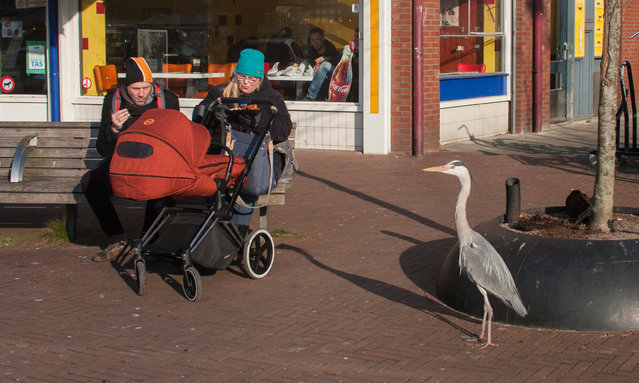
They’ve become well accustomed to urban life in the Dutch capital. (Photo by by Julie Hrudova/The Guardian)
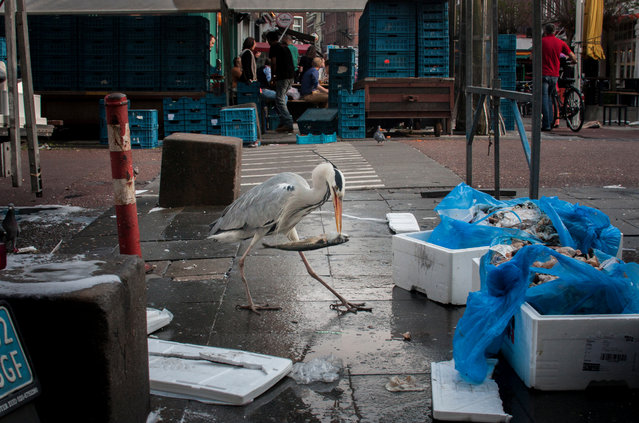
Hundreds of herons come to the city during winter to find food and shelter. (Photo by by Julie Hrudova/The Guardian)
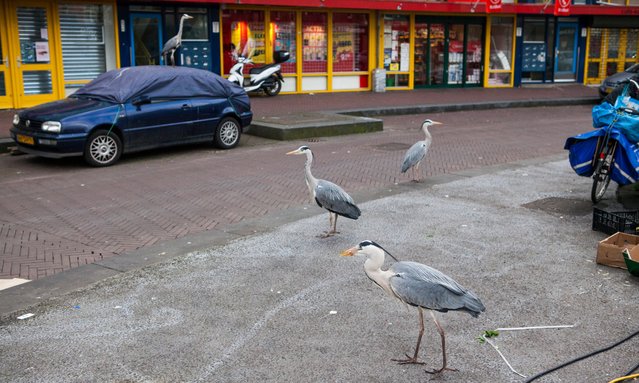
At the Dappermarket in the east of Amsterdam, herons can often be seen circling around the stalls. (Photo by by Julie Hrudova/The Guardian)
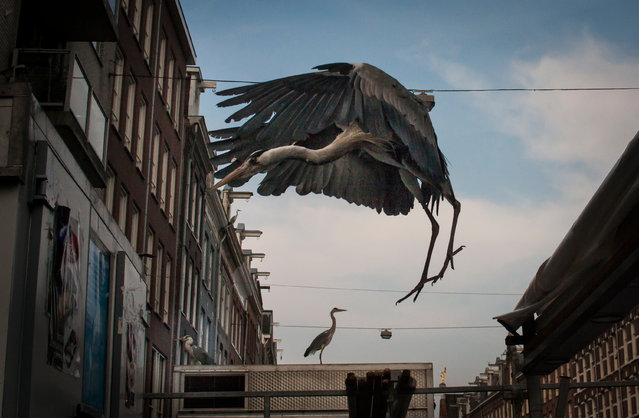
Some regulars in a nearby cafe hold a contest to see who can capture the most herons in one photo. The current record is 29. (Photo by by Julie Hrudova/The Guardian)
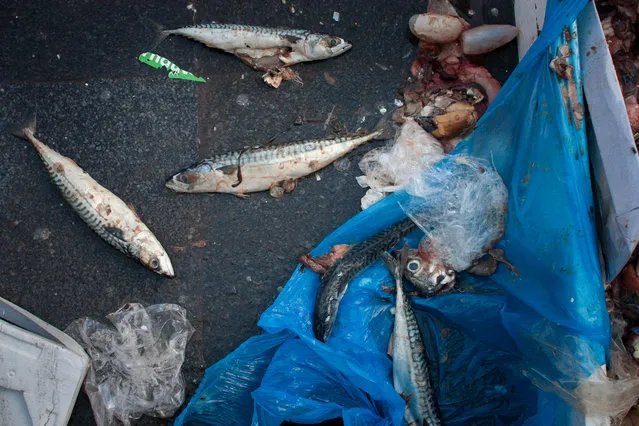
Leftovers at the Albert Cuyp market. (Photo by by Julie Hrudova/The Guardian)
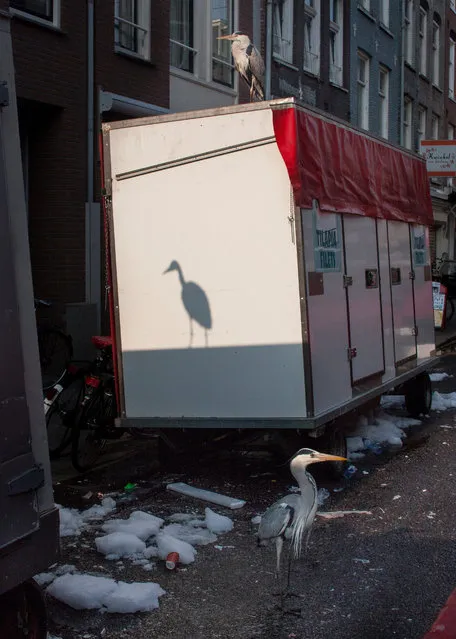
Herons usually hunt for food in ditches and lakes, but can take a more urban approach. (Photo by by Julie Hrudova/The Guardian)

Herons wait for leftovers at the market. (Photo by by Julie Hrudova/The Guardian)
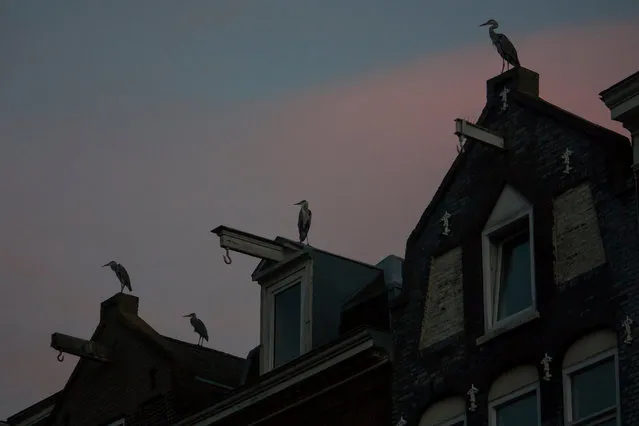
Some residents have even started feeding the herons themselves. (Photo by by Julie Hrudova/The Guardian)
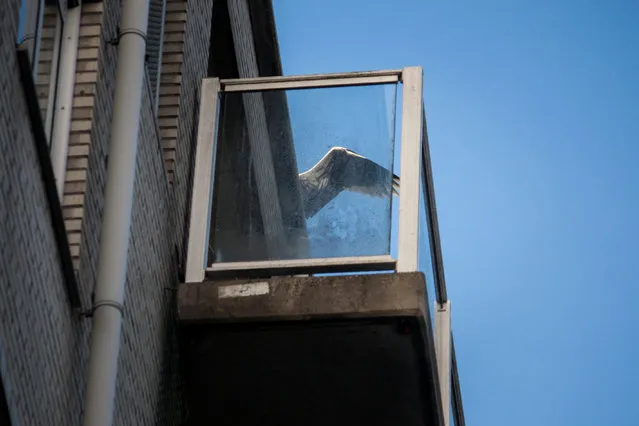
There are around 800 pairs of herons in 25 different colonies in Amsterdam. (Photo by by Julie Hrudova/The Guardian)
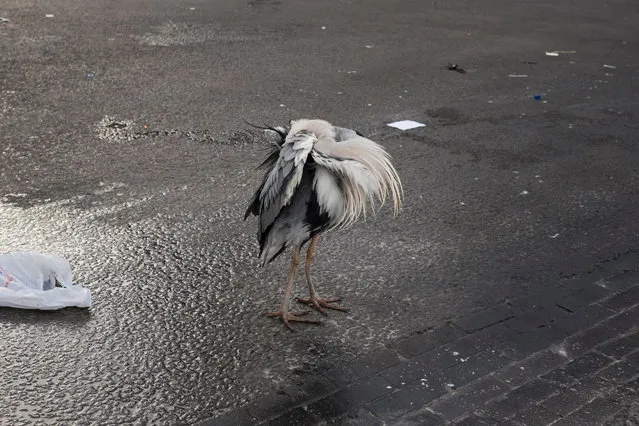
The Netherlands has the highest density of grey heron colonies in northern Europe. (Photo by by Julie Hrudova/The Guardian)
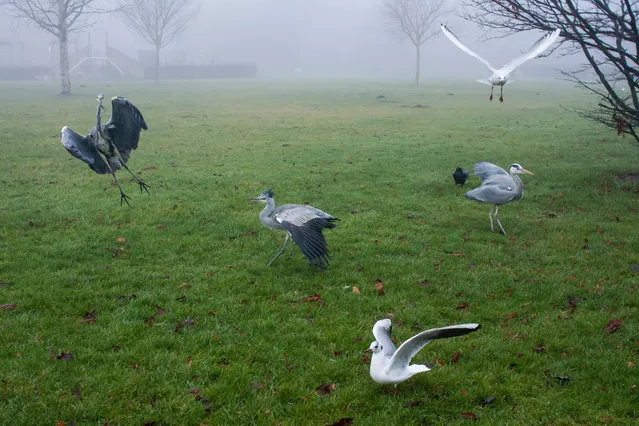
The herons mostly build their nests in trees in city parks. (Photo by by Julie Hrudova/The Guardian)
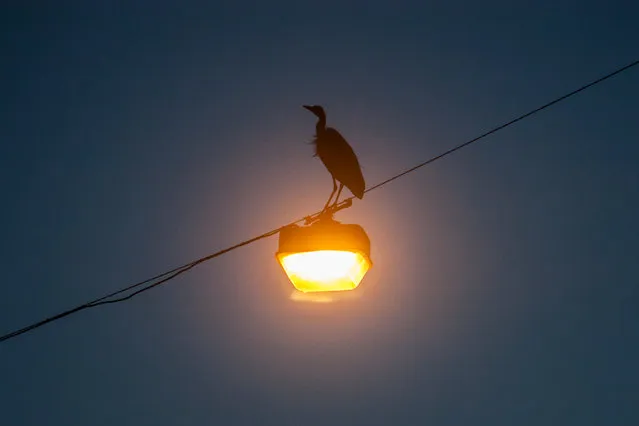
Amsterdam’s urban herons even had a documentary made about them. (Photo by by Julie Hrudova/The Guardian)
07 Jun 2017 07:19:00,
post received
0 comments
